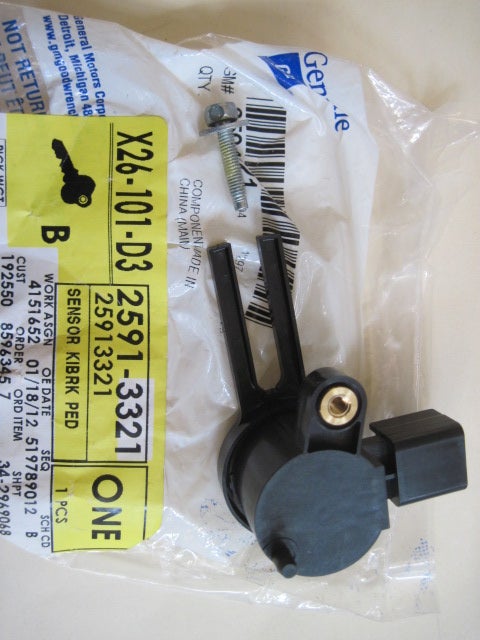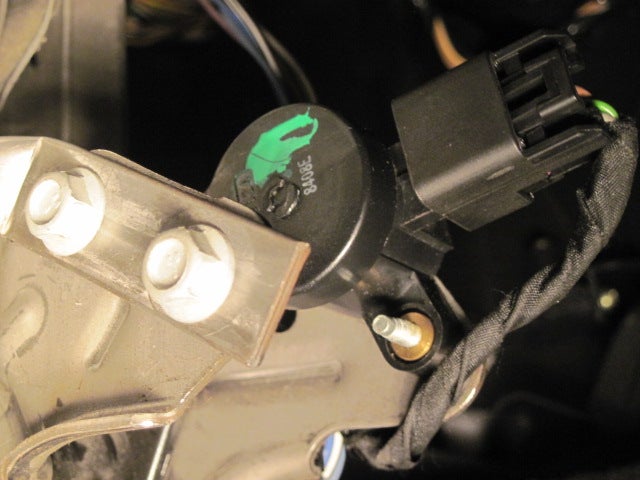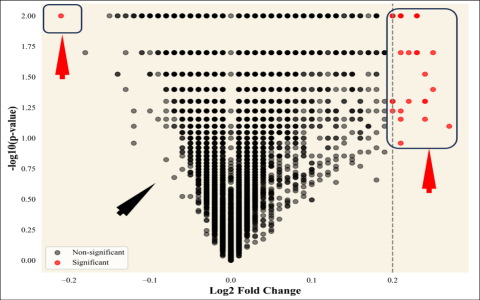c0161 is a standard diagnostic trouble code (DTC) indicating an issue within the Exhaust Gas Recirculation (EGR) system, specifically pointing to insufficient or no detected EGR flow during system monitor testing. Often found in vehicles with gasoline or diesel engines, it signifies the Powertrain Control Module (PCM) has detected the actual EGR flow rate falls below the expected range.
Symptoms of c0161
- Illuminated Check Engine Light (CEL)
- Reduced engine power or noticeable hesitation during acceleration
- Increased engine knocking or pinging noises, particularly under load
- Rough idling or potential engine stalling
- Possible decrease in fuel efficiency
Diagnosis Steps
Visual Inspection: Carefully examine the EGR valve, associated vacuum hoses (if applicable), and electrical connectors. Look for cracks, leaks, loose connections, or carbon buildup blocking passages.
Check Vacuum Supply (Vacuum-operated valves): Ensure adequate, stable vacuum reaches the valve using a vacuum gauge. Verify solenoid operation.

Electrical Testing (Electronic valves): Test power supply and ground circuits to the EGR valve using a digital multimeter. Check wiring integrity for continuity and shorts.
Monitor Valve Operation: Using a scan tool with bi-directional control features, command the EGR valve open and closed while observing live data (reported EGR flow/position). Physically verify valve movement if possible.
Circuit Testing: Ensure the EGR flow sensor or associated sensors (like MAP sensor) are functioning correctly and their circuits are intact, as they provide feedback to the PCM.
Common Fixes
- Clean EGR Passages/Valve: Heavy carbon deposits blocking the valve pintle or intake manifold ports are common. Thorough cleaning may resolve the issue.
- Replace EGR Valve: A faulty valve (sticking, seized, not responding electrically) requires replacement. Ensure compatibility.
- Repair Vacuum Lines/Solenoid: Replace cracked, collapsed, or leaking vacuum hoses. Replace a faulty vacuum control solenoid.
- Repair Wiring/Connectors: Fix damaged wiring, poor connections, or corroded terminals related to the EGR circuit.
- Replace Sensor: If diagnostics point to a faulty EGR position sensor, DPFE sensor, or related flow feedback sensor, replacement is necessary.
- PCM Reprogramming/Replacement: In rare instances, a PCM software bug or internal fault may be the cause.
Important Considerations
Scan Tool Essential: Proper diagnosis requires an OBD-II scan tool to read the code, clear it after repair, view live data, and perform actuator tests.
Don't Ignore Underlying Issues: c0161 can sometimes be a symptom of a deeper problem (e.g., low engine vacuum, severe carbon buildup elsewhere).

Safety First: Allow the engine to cool completely before working on the EGR system. Disconnect the battery negative terminal if performing electrical repairs. Wear eye protection.
Verify Repair: After addressing the problem, clear the code. Perform a test drive under conditions that allow the EGR monitor to run (drive cycle). Confirm the CEL stays off.

